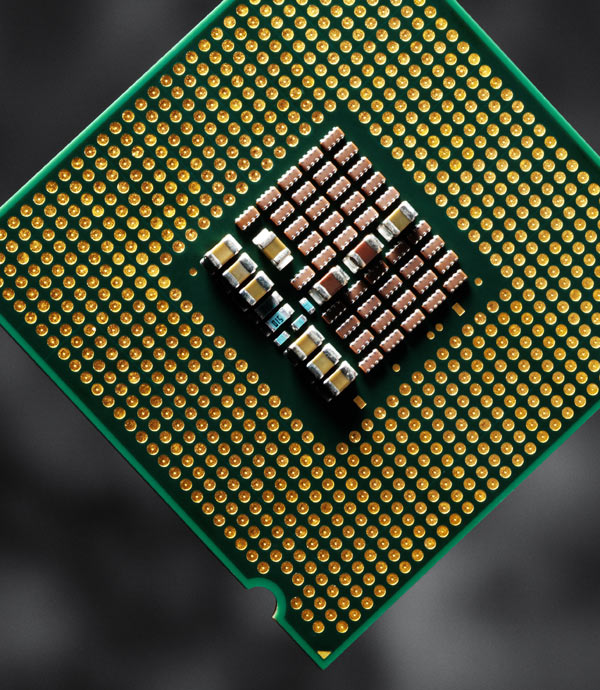Moore’s Law Hangs On

Each of the 820 million transistors on Intel’s three-gigahertz quad-core processor is only 45 nanometers across, 30 percent smaller than those on previous commercial chips. Smaller transistors need thinner layers of electrical insulation–or dielectrics–which is hard to acheive with the traditional insulator, silicon dioxide. With its 45-nanometer chips, however, Intel has begun using a new insulator, hafnium oxide. The quad-core processor (shown here) will probably be used in network servers; a smaller, dual-core processor could turn up in high-end desktop computers.
Product: Intel Core2 Extreme quad-core processor
Cost: $999 in quantities of 1,000
Source: www.intel.com/products/processor/core2XE/
Companies: Intel
Keep Reading
Most Popular
Large language models can do jaw-dropping things. But nobody knows exactly why.
And that's a problem. Figuring it out is one of the biggest scientific puzzles of our time and a crucial step towards controlling more powerful future models.
How scientists traced a mysterious covid case back to six toilets
When wastewater surveillance turns into a hunt for a single infected individual, the ethics get tricky.
The problem with plug-in hybrids? Their drivers.
Plug-in hybrids are often sold as a transition to EVs, but new data from Europe shows we’re still underestimating the emissions they produce.
Google DeepMind’s new generative model makes Super Mario–like games from scratch
Genie learns how to control games by watching hours and hours of video. It could help train next-gen robots too.
Stay connected
Get the latest updates from
MIT Technology Review
Discover special offers, top stories, upcoming events, and more.